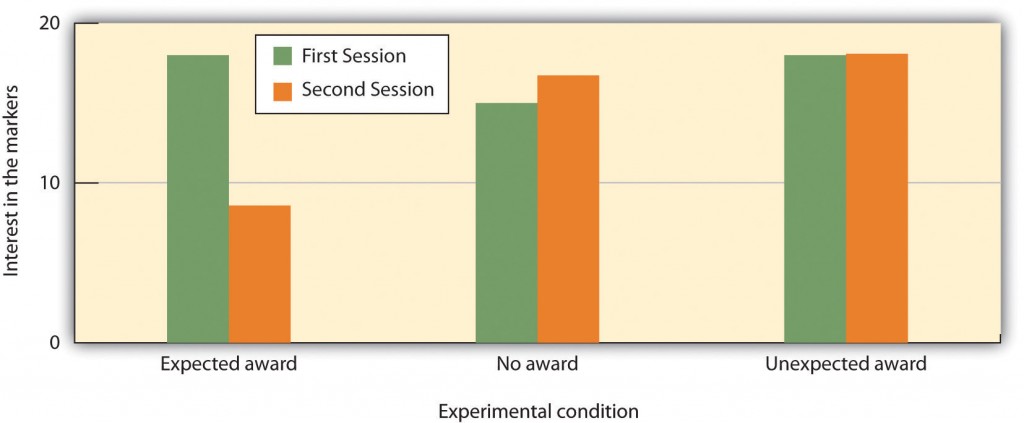Day 8 - Memories...in the corner of my mind
Learning Targets - Students will be able to identify the primary models of memory formation and distinguish between the different forms of memory involved in cognition.
Opener - Word memorization w/sensory inputs
You have been given 3 "curiously strong" mints. DON'T EAT THEM YET!
Take the first mint while the list of words is being displayed on the screen.
Take the second mint 5 minutes later when asked to recall those words.
Take the third mint 1 hour later when asked to recall the list of words.
How did this compare to your recollection in the previous class without the stimuli?
You have been given 3 "curiously strong" mints. DON'T EAT THEM YET!
Take the first mint while the list of words is being displayed on the screen.
Take the second mint 5 minutes later when asked to recall those words.
Take the third mint 1 hour later when asked to recall the list of words.
How did this compare to your recollection in the previous class without the stimuli?
Activity #1 - What is "sticky" and what is "slippery" when it comes to our memory?
Mini-Lesson - Information can be further referenced at www.opentextbc.ca
Memory, defined as the ability to store and retrieve information over time,
Cognition, defined as the processes of acquiring and using knowledge.
Our memories allow us to do relatively simple things, such as remembering where we parked our car or the name of the current president of the US, but also allow us to form complex memories, such as how to ride a bicycle or to write a computer program.
To what extent do our memories define us as individuals? They are our experiences, our relationships, our successes, and our failures. Without our memories, we would not have a life.
Maintenance rehearsal is the process of repeating information mentally or out loud with the goal of keeping it in memory. We engage in maintenance rehearsal to keep something that we want to remember (e.g., a person’s name, email address, or phone number) in mind long enough to write it down, use it, or potentially transfer it to long-term memory.
Primacy/Recency Effect - information presented at the beginning (Primacy) and end (Recency) of a learning episode tends to be retained better than information presented in the middle.
Activity #2 - To what extent do our memories define us ?
They are our experiences, our relationships, our successes, and our failures. Without our memories, we would not have a life.
Our memories allow us to do relatively simple things, such as remembering where we parked our car or the name of the current president of the US, but also allow us to form complex memories, such as how to ride a bicycle or to write a computer program.
Mini-Lesson - Information can be further referenced at www.opentextbc.ca
Memory, defined as the ability to store and retrieve information over time,
Cognition, defined as the processes of acquiring and using knowledge.
Our memories allow us to do relatively simple things, such as remembering where we parked our car or the name of the current president of the US, but also allow us to form complex memories, such as how to ride a bicycle or to write a computer program.
To what extent do our memories define us as individuals? They are our experiences, our relationships, our successes, and our failures. Without our memories, we would not have a life.
Once we learn a face, we can recognize that face many years later. We know the lyrics of many songs by heart, and we can give definitions for tens of thousands of words.
Recall memory test is a measure of explicit memory that involves bringing from memory information that has previously been remembered.
Relearning much more quickly information is processed or learned when it is studied again after it has already been learned but then forgotten.
Procedural memory refers to our often unexplainable knowledge of how to do things. When we walk from one place to another, speak to another person in English, dial a cell phone, or play a video game, we are using procedural memory. Procedural memory allows us to perform complex tasks, even though we may not be able to explain to others how we do them.Maintenance rehearsal is the process of repeating information mentally or out loud with the goal of keeping it in memory. We engage in maintenance rehearsal to keep something that we want to remember (e.g., a person’s name, email address, or phone number) in mind long enough to write it down, use it, or potentially transfer it to long-term memory.
Primacy/Recency Effect - information presented at the beginning (Primacy) and end (Recency) of a learning episode tends to be retained better than information presented in the middle.
Activity #2 - To what extent do our memories define us ?
They are our experiences, our relationships, our successes, and our failures. Without our memories, we would not have a life.
Our memories allow us to do relatively simple things, such as remembering where we parked our car or the name of the current president of the US, but also allow us to form complex memories, such as how to ride a bicycle or to write a computer program.
Once we learn a face, we can recognize that face many years later. We know the lyrics of many songs by heart, and we can give definitions for tens of thousands of words.
Task: Give a brief account of a recent memory that you believe will help to define who you are, or will become. Make sure that you use any appropriate terminology and precise detail in your account. Then explain why you believe that the memory of this experience will be so transformative.
Close - Post at least 2 questions here:
https://docs.google.com/spreadsheets/d/1iKDtCmP_Q4AHlAjd2APb2qjx2U2xTSgqM71Hmvl9KK4/edit?usp=sharing
https://docs.google.com/spreadsheets/d/1iKDtCmP_Q4AHlAjd2APb2qjx2U2xTSgqM71Hmvl9KK4/edit?usp=sharing



